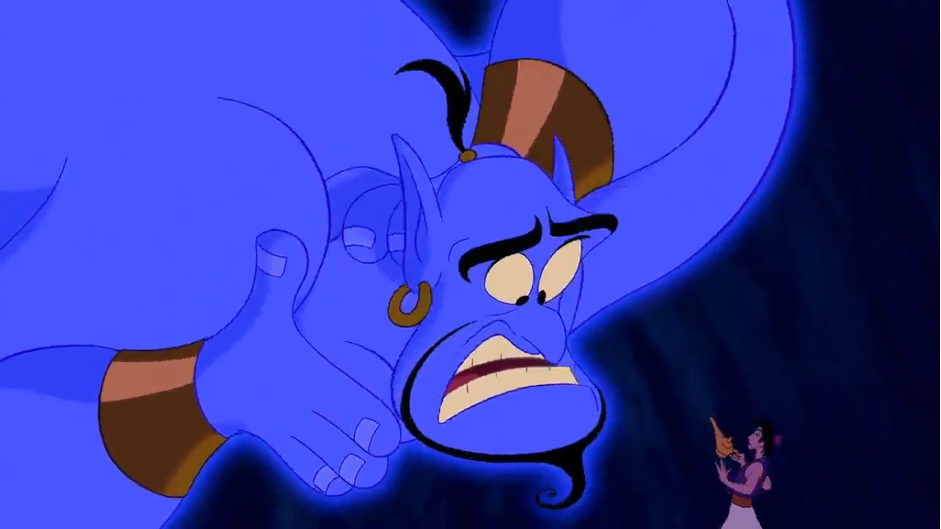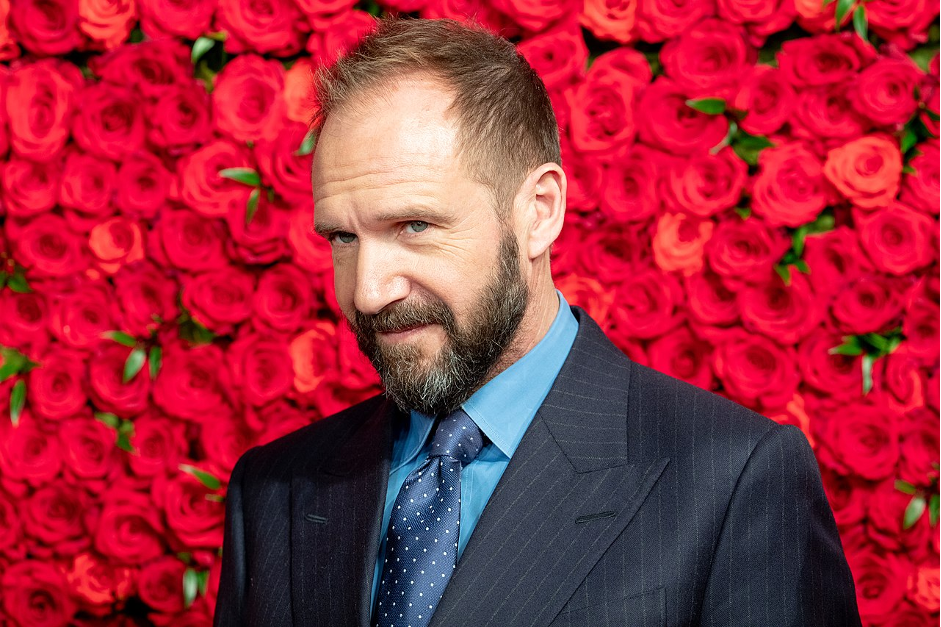Voice performances are technically eligible for nomination in the acting categories at the Academy Awards, but they have never been recognised. The founding of the SOVAS Voice Art Awards in 2013 was designed to rectify this because, as its chief operating officer Joan Baker says, ‘no-one has ever focused on the voice acting’ (Malkin 2019). Baker is referring here to the film industry, but she could just as easily be talking about animation scholars – the power of celebrity voice performance in animated work has been largely overlooked.

As Pamela Robertson Wojcik (2006) writes, there is a view of voice acting, divorced from a body, as somehow ‘lacking’, something that she attributes in large part to the privileging of the visual over sound in most film theory. Many major studies of animation look at the performance of animators (see Roe 2019), but there has been comparatively little on the performance of the voice actors who are just as important in bringing an animated world to life, outside of the focus on certain key roles (most obviously, Robin Williams’ turn as the Genie in Aladdin [1992]).
There has been a tendency to think of celebrity voice actors (when considered as more than familiar names whose star presence can shift tickets) simply through the past roles they evoke in their vocal performance. For instance, the familiar voice of Gerald Butler as the Viking chief Stoick in How to Train Your Dragon (2010) calls to mind the warrior king in 300 (2006), thus indicating Stoick occupies a similar role in the narrative and has similar characteristics (Summers 2018). While a celebrity intertext is valuable, ending the analysis there is a simple and fairly surface approach, which glosses over the extra value of these celebrity voice actors. If we think of vocals in this way, they are simply a gateway to pre-existing live-action performances, rather than instructive and meaningful in their own right.
The particularities of an actor’s vocal performances – the accents they employ, their vocal inflection, the places they choose to pause, gasp or laugh – all also influence how the viewer understands a character and their place in the narrative. It is even possible for celebrities who take on a series of animated roles to develop a kind of vocal stardom – an animated star image, if you will – through the performances they give and the character types they choose, and this vocal stardom can facilitate alternative readings to their live-action work.
Voices are loaded with meaning. They are an important tool in how the audience engages with animated films, and yet there remains a space for an analysis of celebrity vocal stardom that valorizes both the ‘vocal’ and the ‘celebrity’ in equal measure. That is the challenge I want to take up.
This series of posts will look at the animated villains of Ralph Fiennes to lay some of the groundwork for analyzing celebrity vocal stardom. Fiennes is a trained Shakespearean actor, and thus keenly aware of the ways that the voice can be manipulated to achieve dramatic or emotional impact, something that clearly filters into his animated work. Importantly, as I will explain, through commonalities shared by his choice of voice roles, I believe Fiennes is a good example of an actor who has developed his own animated star image. Due to his work in animation, his voice has become an important intertextual signifier in its own right.

I will consider live-action celebrity intertext in relation to The Prince of Egypt (1998), before analyzing the particularities of Fiennes’ vocal performances in Wallace and Gromit: The Curse of the Were-Rabbit (2005) and Kubo and the Two Strings (2016). Through breaking down these villain roles with a focus on the voice and Fiennes’ vocal techniques, I hope to demonstrate the value of developing a framework for analyzing the vocal in partnership with the celebrity in animation. As the actor said in an interview reflecting on his performance in The LEGO Batman Movie (2017), ‘with animation, it’s about the voice’ – this series of blog posts will consider how we can understand and interpret the voice to enrich our exploration of animation.
References
Malkin, Marc (2019). “Why Vocal Performances in Animated Films Deserve Their Own Oscars Category.” Variety, https://variety.com/2019/voices/in-contention/vocal-performances-animated-films-oscar-category-1203409829/
Roe, Annabelle Honess (2019). “Animation and Performance.” In Dobson, Roe, Ratelle and Ruddell (eds.), The Animation Studies Reader. New York/London: Bloomsbury, pp. 69-80
Summers, Sam (2018). “High fantasy meets low culture in How to Train Your Dragon (2010).” In Holliday and Sergeant (eds.), Fantasy/Animation: Connections between Media, Mediums and Genres. Abingdon/New York: Routledge, pp. 227-242.
Wojcik, Pamela Robertson (2006). “The Sound of Film Acting.” Journal of Film and Video, 58 (1/2), pp. 71-83.
Reece Goodall is a PhD student at the University of Warwick, working on an industrial, cultural and theoretical analysis of French horror cinema. His research interests include horror cinema, genres, transnational genres, and authorship as well as the interplay between popular media, news, and politics.
